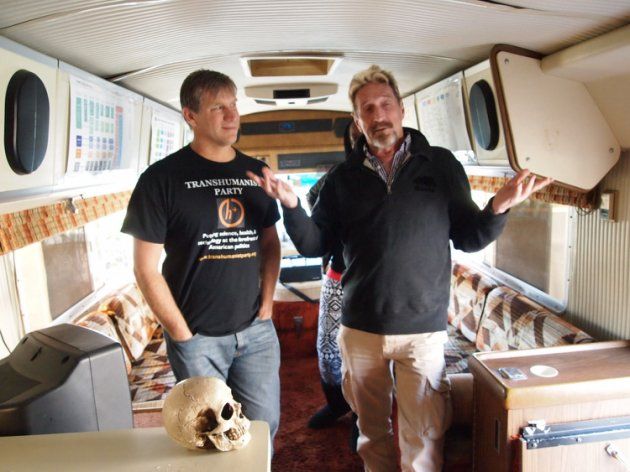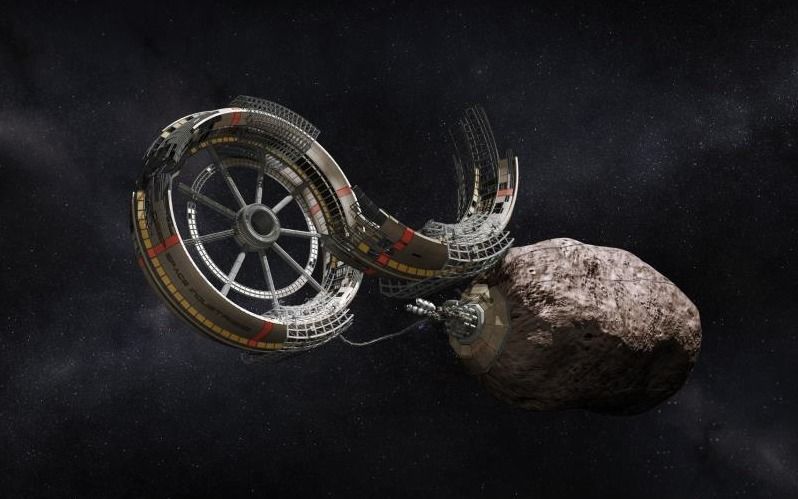This tongue-in-cheek article highlights an interesting experience I had a few days ago on the Immortality Bus in North Carolina:
One wants to live forever, the other wants to push reset on the US Constitution. Both are running for president in 2016. As Republican and Democrat presidential candidates prepare for December’s debates, pioneering Transhumanist Zoltan Istvan and cybersecurity legend John McAfee met for the first time this week for their own debate, over several large drinks in a motel bar.
Istvan, who is currently touring the US aboard a coffin-shaped campaign bus, and McAfee both have technology at the core of their campaign policies, but in terms of specific policy this is where the similarities end.
“I can’t think of a more horrific concept than immortality,” McAfee told Istvan soon after meeting in Charlotte, North Carolina. “It is anti-evolutionary. We need to die and die young preferably; dying is the most beautiful of all things. I’d get behind a platform where you kill everyone at 30. I would fight you tooth and nail to stop you making people live forever.”

Read more









